Would The Use Of Nostalgia Be A Smart Strategy For Your Brand ?
If you haven’t been paying close attention, many of the brands you interact with daily have been utilizing a secret weapon for favorable marketing results – nostalgia.
Nostalgia has always been a tool that many companies use in their advertising, but we have definitely seen an uptick in this approach with the chaos our world has thrown at us recently.
Nostalgia, derived from the Greek words “nostos” (returning home) and “algos” (pain or longing), embraces the yearning for happier, more simple times. It’s a universal sentiment that taps into shared experiences and emotions, fostering a deeper connection between your customer and their fondest memories.
As human beings, we tend to remember more positive aspects of our youth. Like the song that takes you back to your freshman year at college or how the smell of freshly toasted bread transplants you to Saturday morning cartoons, brands have learned to leverage these mental bridges to attach positive feelings to their brands. And, when brands can tie into that mindset, it can immensely help the return on your marketing investment.
So, Why Does Nostalgia in Advertising Work?
1: Emotional Connections: Nostalgia triggers a strong emotional response. By associating positive feelings with a brand or product, marketers can forge lasting connections with their audience.
2: Comfort: Nostalgic elements create a sense of familiarity and happiness. Consumers are more likely to choose products they perceive as reliable and consistent.
3: Storytelling: Nostalgia allows brands to tell stories that resonate with their customers’ unique experiences. It’s an opportunity to communicate a brand’s history and values in a relatable way.
4: Stand Out in a Cluttered Market: In a saturated market where there tends to be a “follow the leader” mentality, nostalgic campaigns stand out by offering a unique blend of the past and the present. This uniqueness can help brands cut through the noise.
Using Nostalgia the Correct Way
Nostalgia in advertising is not just about resurrecting an old logo and marketing campaign, but being able to put a unique twist on what was, connecting that to today’s reality, and addressing the current issues your customer cares about. Let’s take a quick look at who is doing this now and see how their strategies may relate to opportunities for you.
The Entertainment Industry Has Definitely Caught On
First and foremost, movie studios have definitely tapped into this strategy with the theaters being the perfect place to escape from today’s stressful world. The most recent blockbusters of Indian Jones and the Dial of Destiny, Top Gun: Maverick and Barbie quickly allow audiences to jump back at least 20 years to a much more enjoyable and carefree time. Beyond that, just look how going to see the Barbie movie goes beyond just seeing a movie. It is a true social escape with groups of friends, dawned in pink, making an evening of it with dinner and drinks and Instagram posts galore. While the movie obviously struck a chord with women who grew up having Barbie dolls, it more impactfully reinvigorated the desire to hang with your friends, share memories, and escape from the heaviness of today’s social climate.
I was even at a movie recently and saw the preview for a Paul Giovanni movie coming out, The Holdovers, which did an amazing job of tapping into qualities of how movie trailers used to be made. This wasn’t just another movie trailer, but left me with the hope that this movie would harken back to the thoughtful, story-driven movies that have taken a backseat to the brainless, special effects-driven films of today.
Nostalgia in Recent Campaigns
Outside of TV and cinema, you can also see how large brands are taking the same approach:
- Pepsi’s “new logo” looks strangely familiar to what we saw back in the 1980’s
- Silk’s “Nextmilk” campaign esurrects the old “Got Milk” campaign with the children of the celebrities previously featured
- Burger King has also “updated” their brand design by directly tapping into their old design stylings to create a brand they could “feel good about”
- Michelob recently brought back “Caddy Shack” with their Super Bowl commercial
- And T-Moblie brought back John Travolta to sing “Summer Nights” in their recent commercials (I obviously was not the target audience for this)
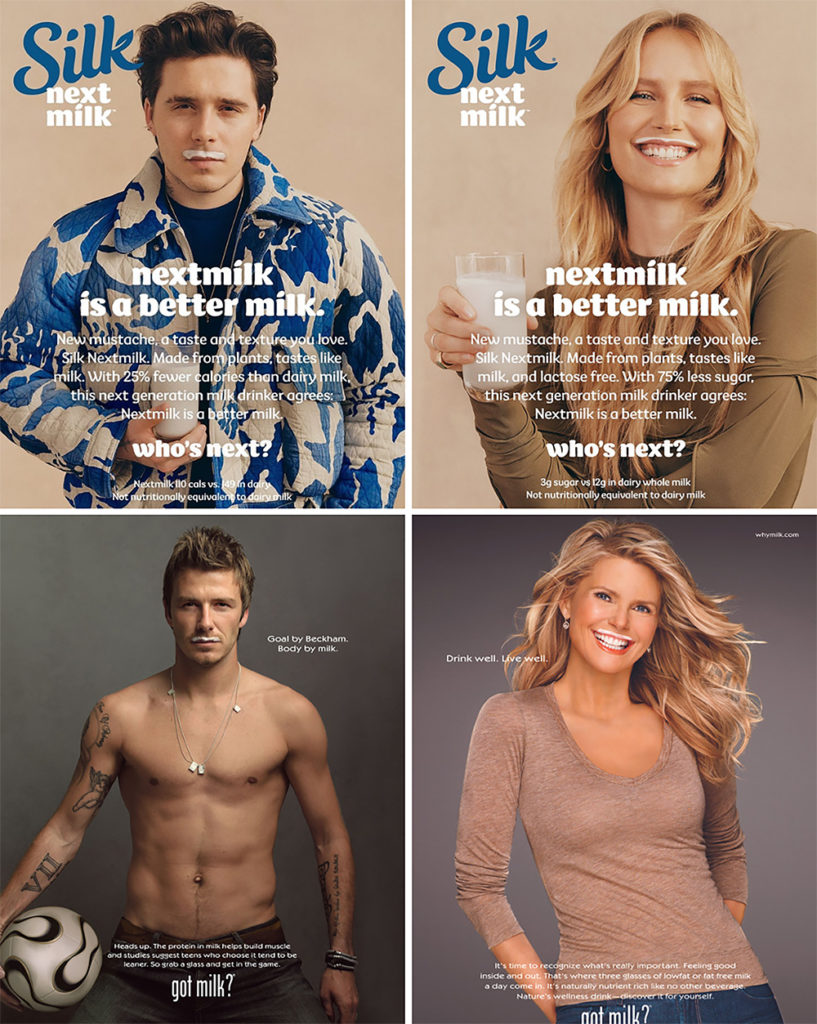


The positive about all of the above is not that they are just familiar, but that they make you smile. They are witty, well-executed and enduring. They didn’t just merely copy and paste an old campaign, but took what was as a memorable foundation and then built a story that is much more relevant and aware of today’s climate. This wasn’t just the “Got Milk?” campaign recycled, but they used the “new” versions of the celebrities by showcasing their kids while noting their next milk is the new version of the milk we grew up with.
Nostalgia Even in Professional Sports?
I would even argue that this has bled over into the sports scene. Our own Atlanta Braves brought back their uniforms from the 1970s for their alternate uniform days at the park. This obviously struck a chord with me as I grew up a huge Braves fan and these old uniforms transplanted me back to the days of drifting off to sleep as an 8-year-old, secretly listening to a game while I laid in bed, where my only concern was what cereal I was going to have in the morning. Happy, happy thoughts.
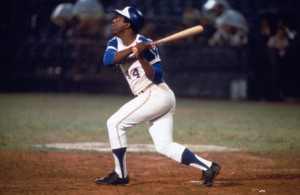
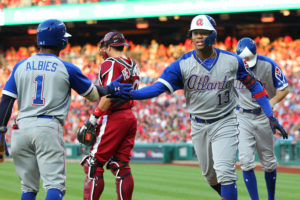
We Even Used Nostalgia for Aaron’s
A couple of years ago we created a campaign for our client Aarons. The development of The Aa-Team, led by Mr. T himself, cashed in on the memorable mohawk, gold jewelry, larger-than-life personality, and the best theme song ever written for any TV show. In a space filled with promotions about pricing and products, we provided a memorable, fun approach that made people smile. And it worked. Our video completion rate was many-fold better than the industry average and brand awareness increased by over 30 million prospective customers.

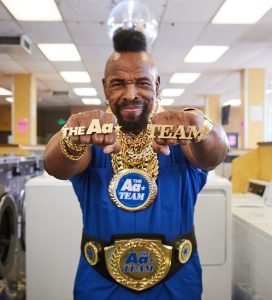
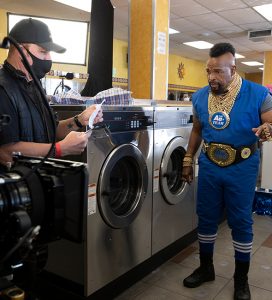
Does Nostalgia in Advertising Make Sense for You?
Determining whether nostalgia is the right tactic for your brand’s marketing requires a meaningful analysis of your identity, key audiences, and marketing goals:
1. Consider your brand’s history and the emotional connection it holds with your audience. If your brand has a rich legacy or iconic elements that evoke fond memories, nostalgia could be a natural fit.
2. Study your target audience’s demographics and psychographics. If your audience has a strong attachment to a particular era or cultural references, nostalgia could resonate strongly.
3. Assess your marketing goals – if you aim to establish a solid emotional bond, differentiate yourself in a competitive market, or convey a sense of authenticity, nostalgia might be the way to go.
Remember that while nostalgia can be a powerful tool, it should align with your brand’s values and narrative, ensuring that the emotional connection feels genuine rather than forced. Customers are smart. If they sniff out you’re just being clever with no substance, they will likely wonder what else you are trying to sneak by them.
If you feel this may be something you’d like to explore more, please reach out to us at hello@reckonbranding.com. We’d be happy to discuss if this approach would be a smart strategy to help you connect and build lasting customer relationships.

